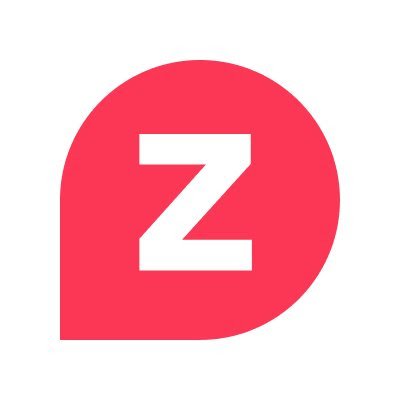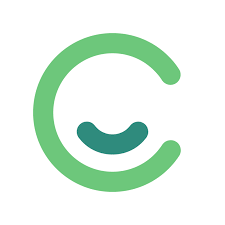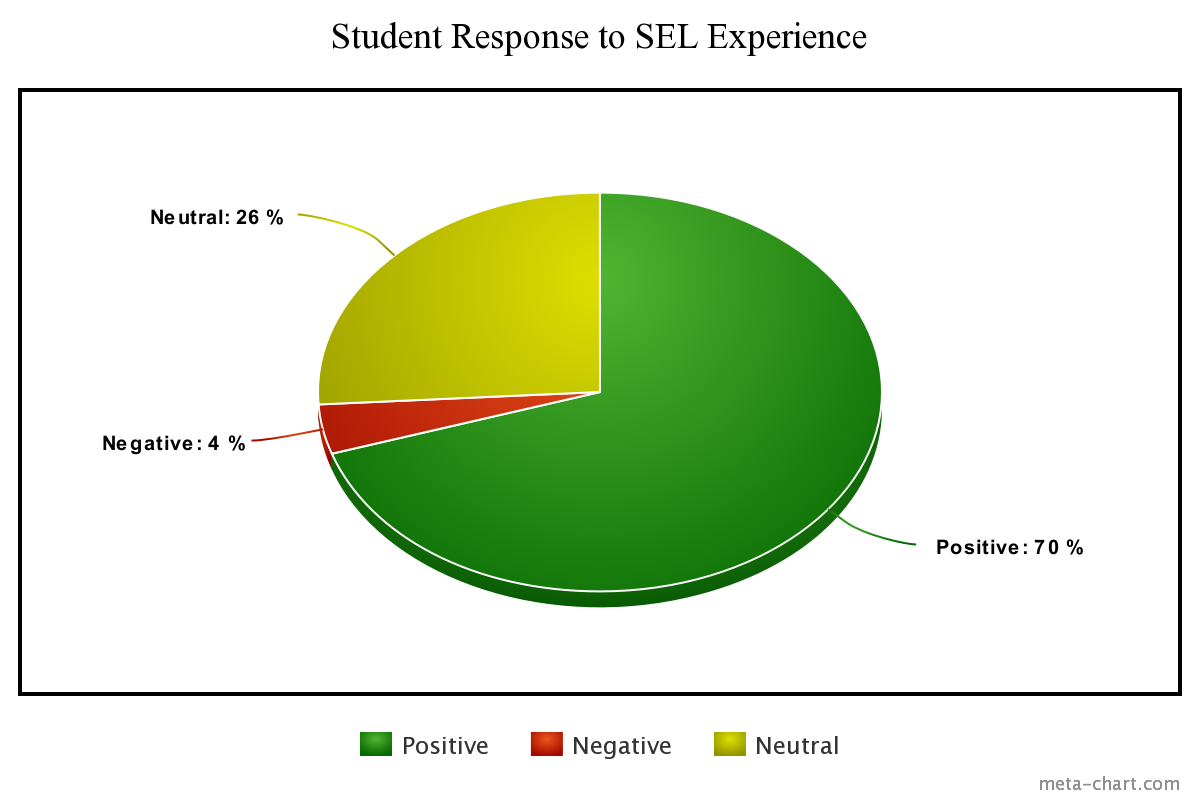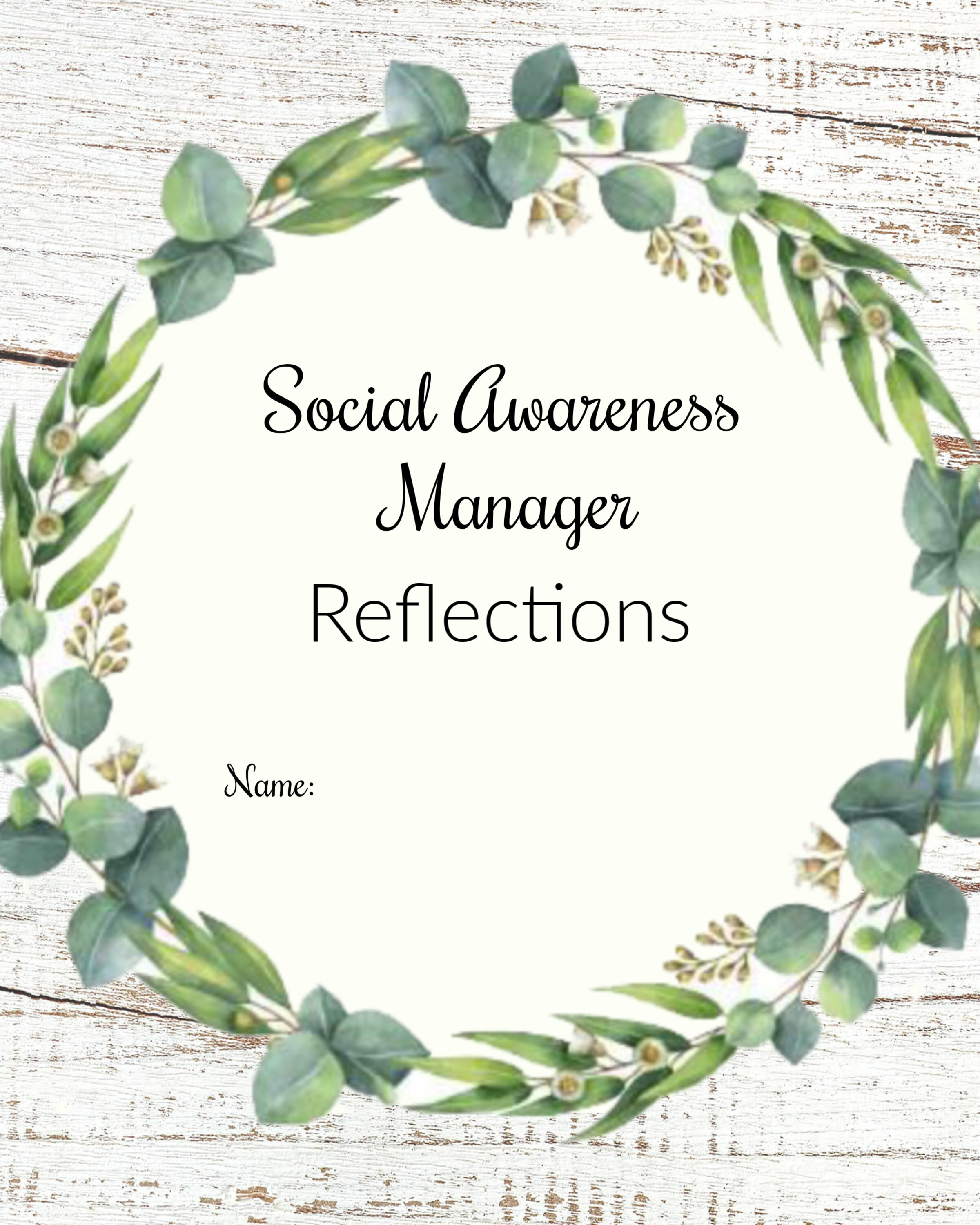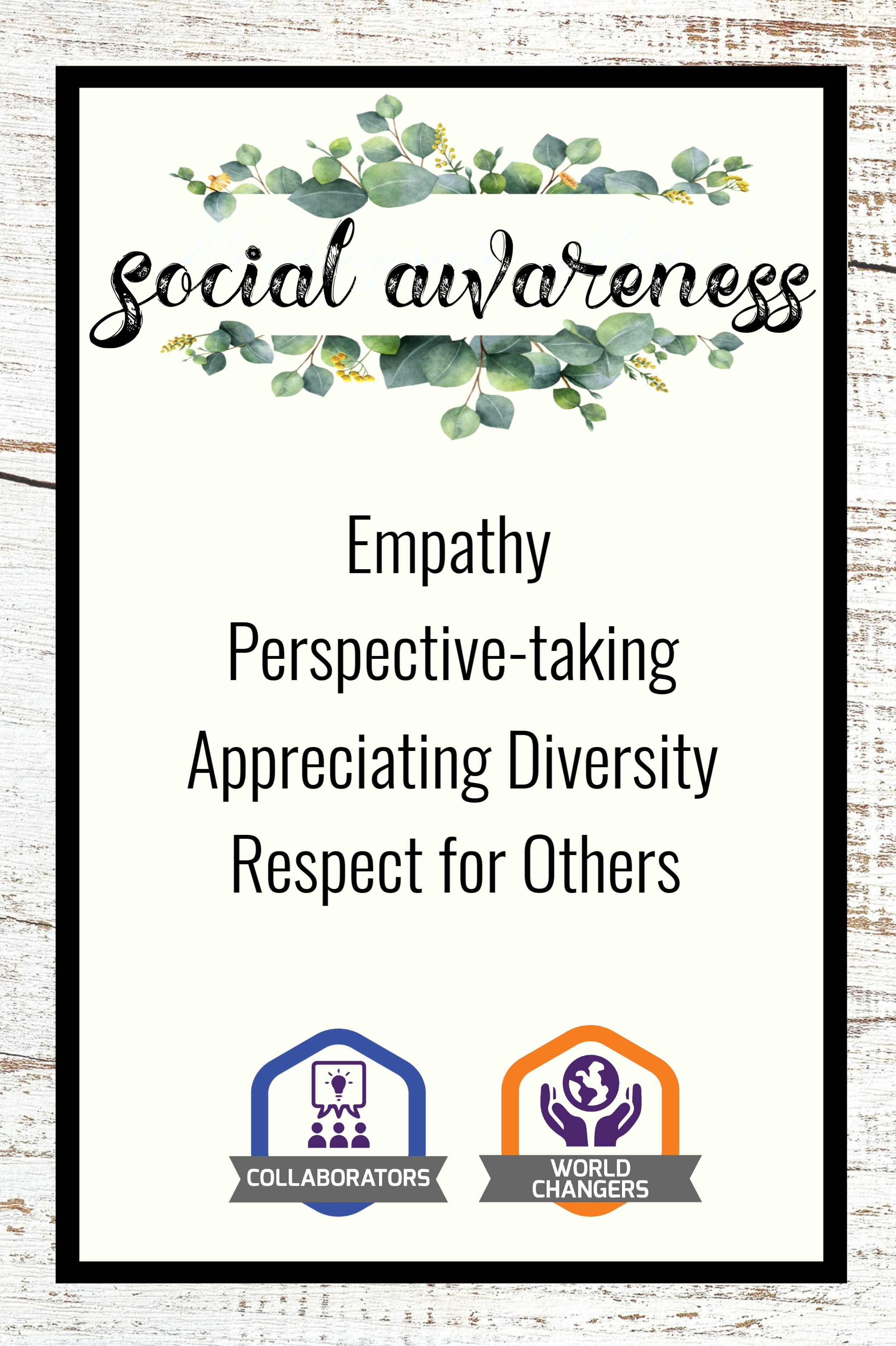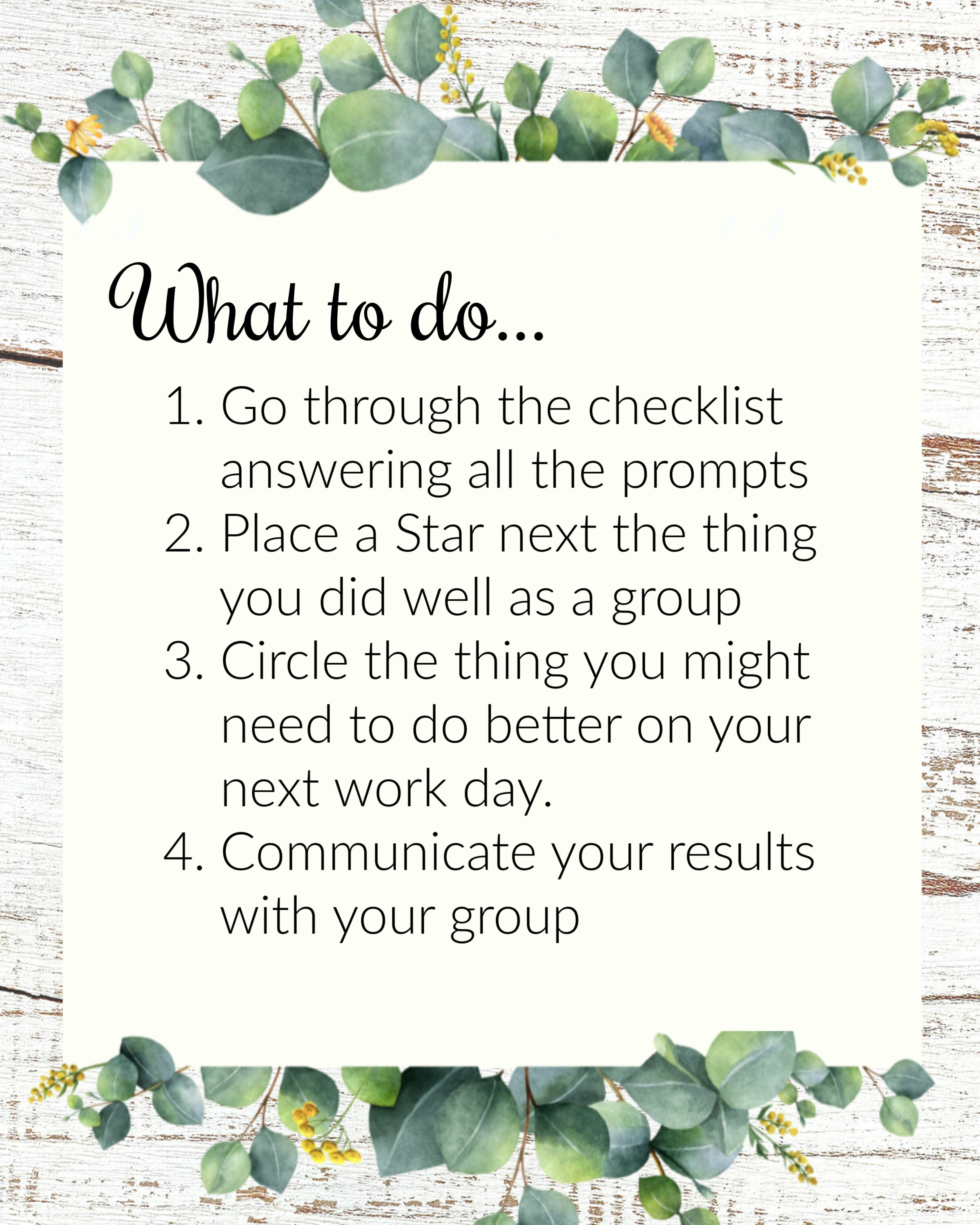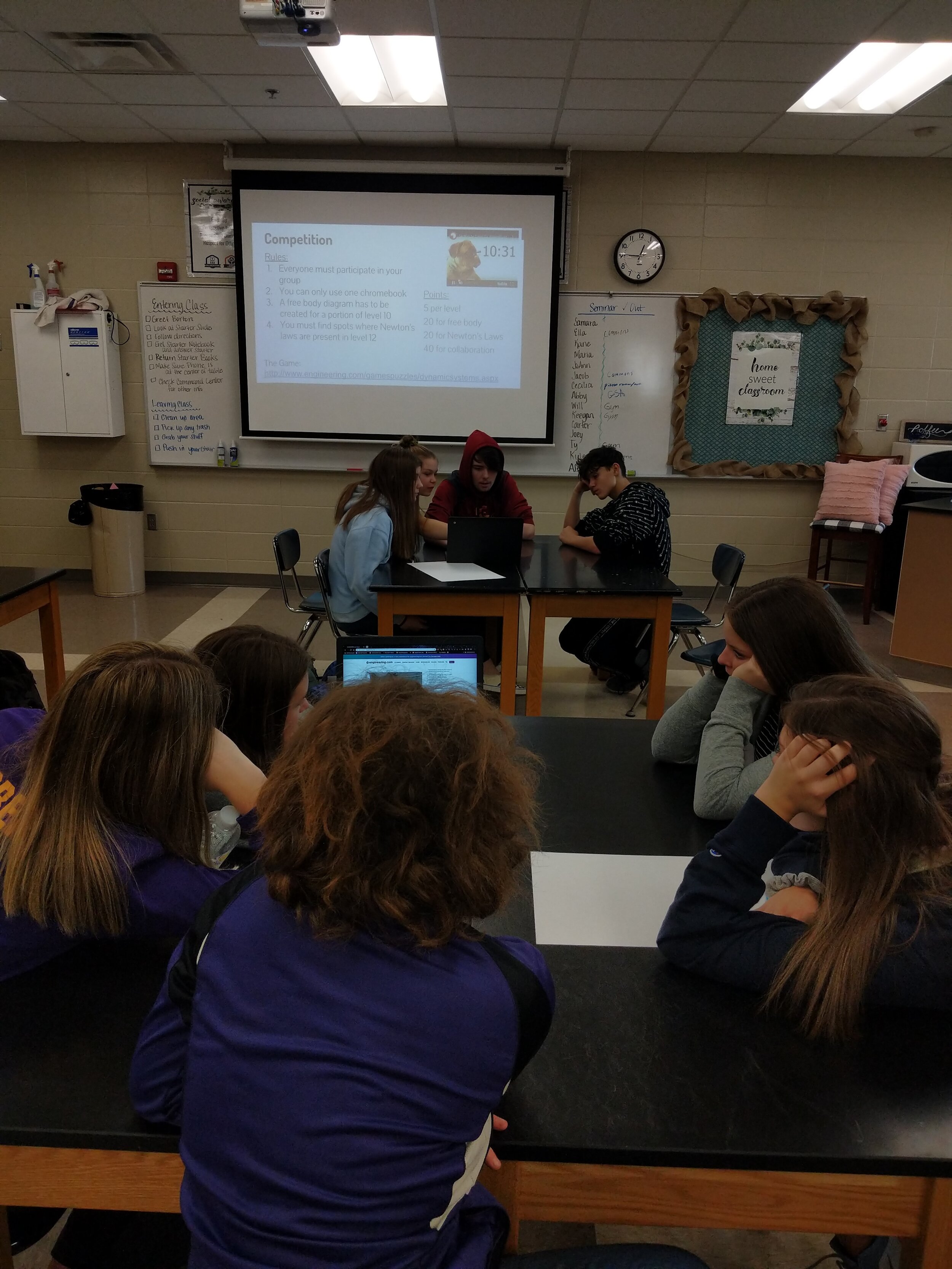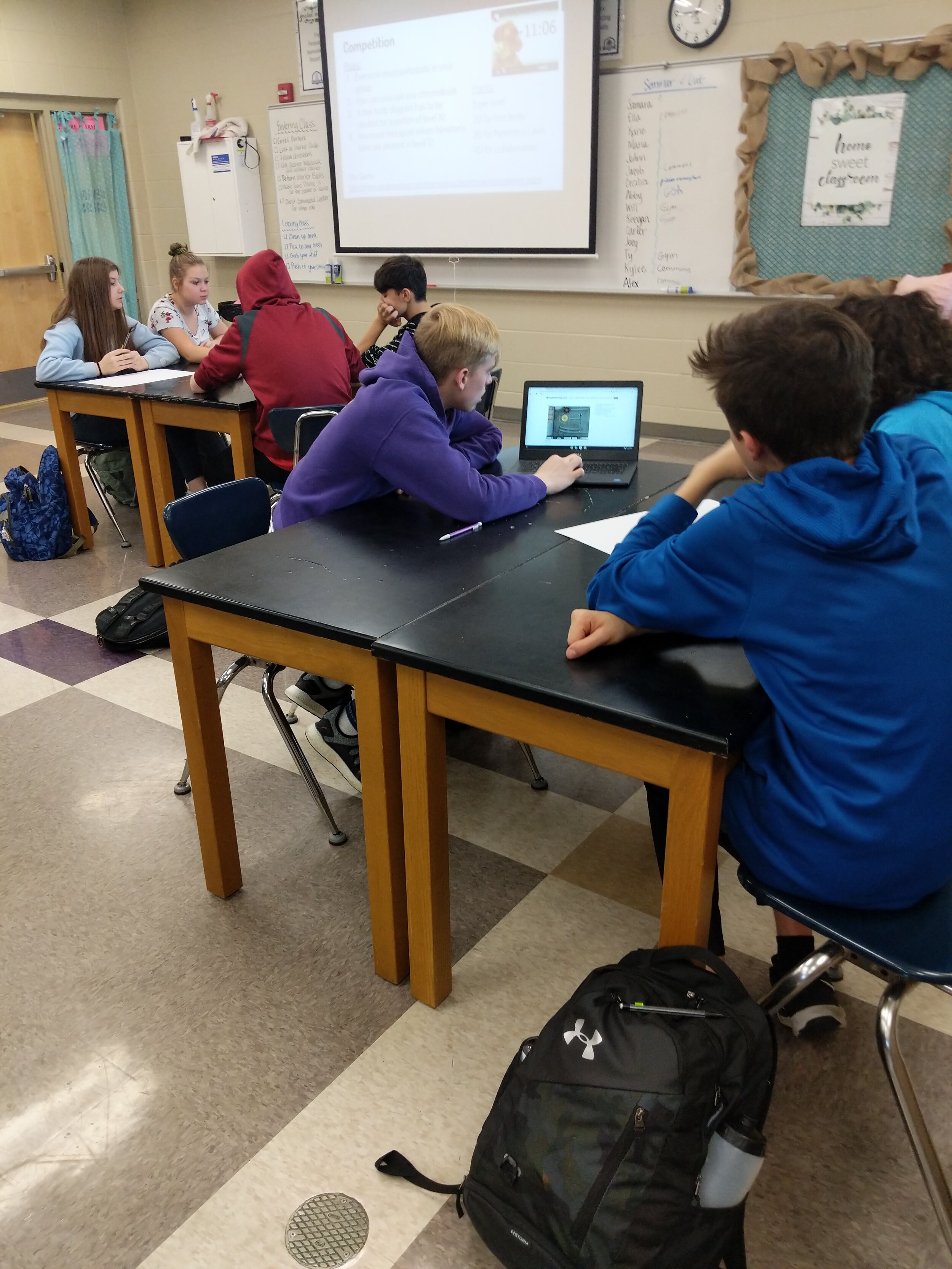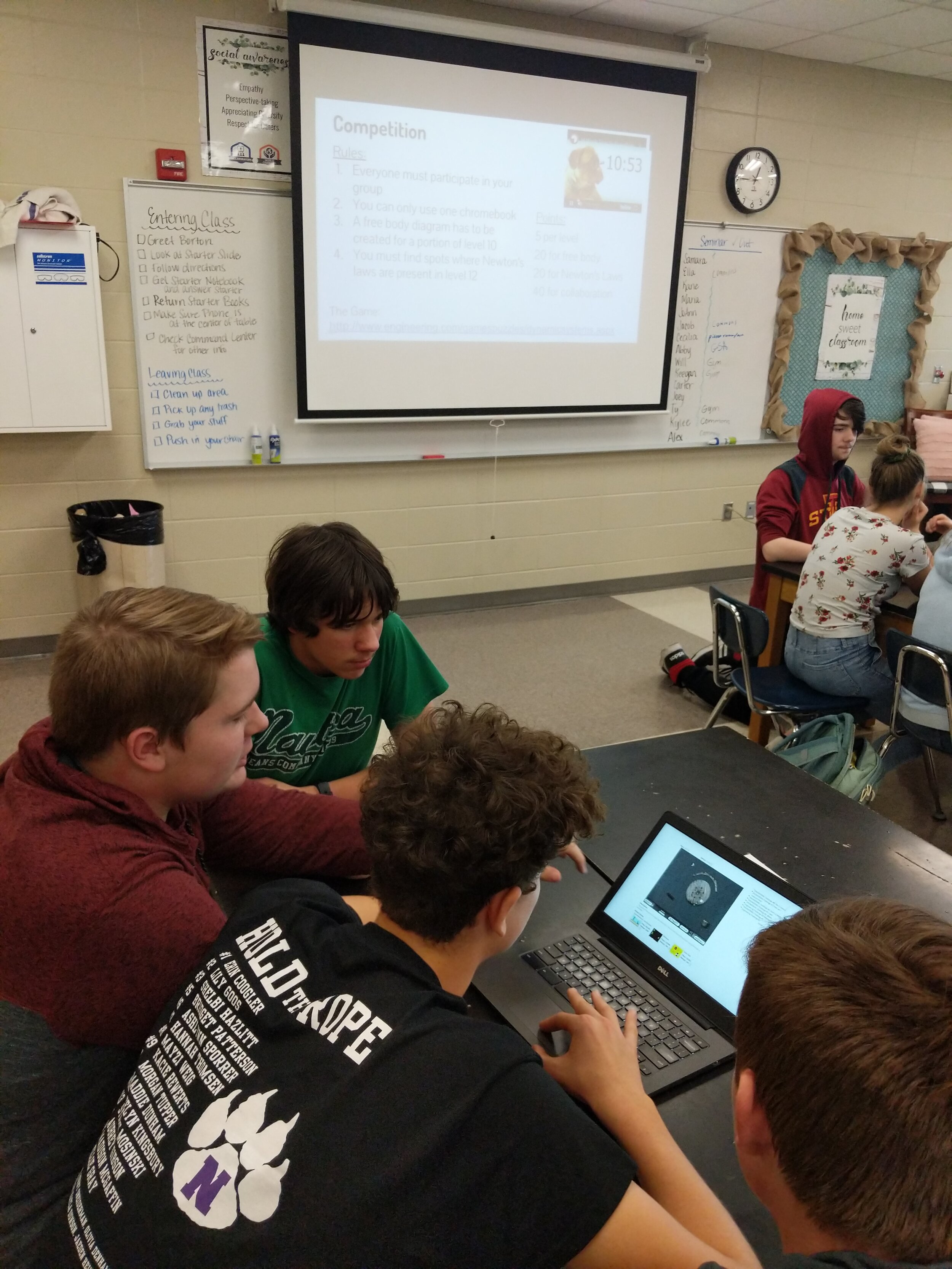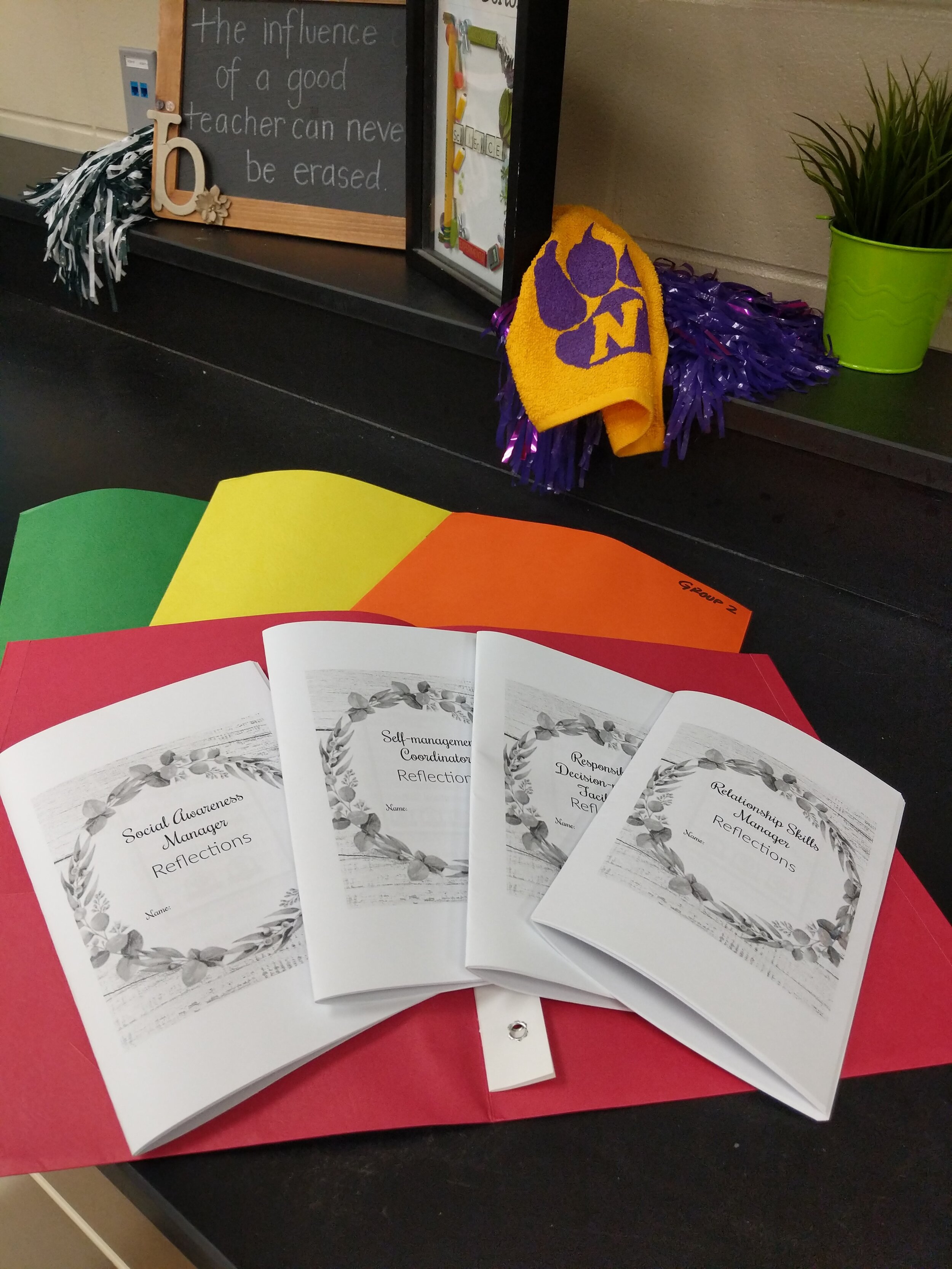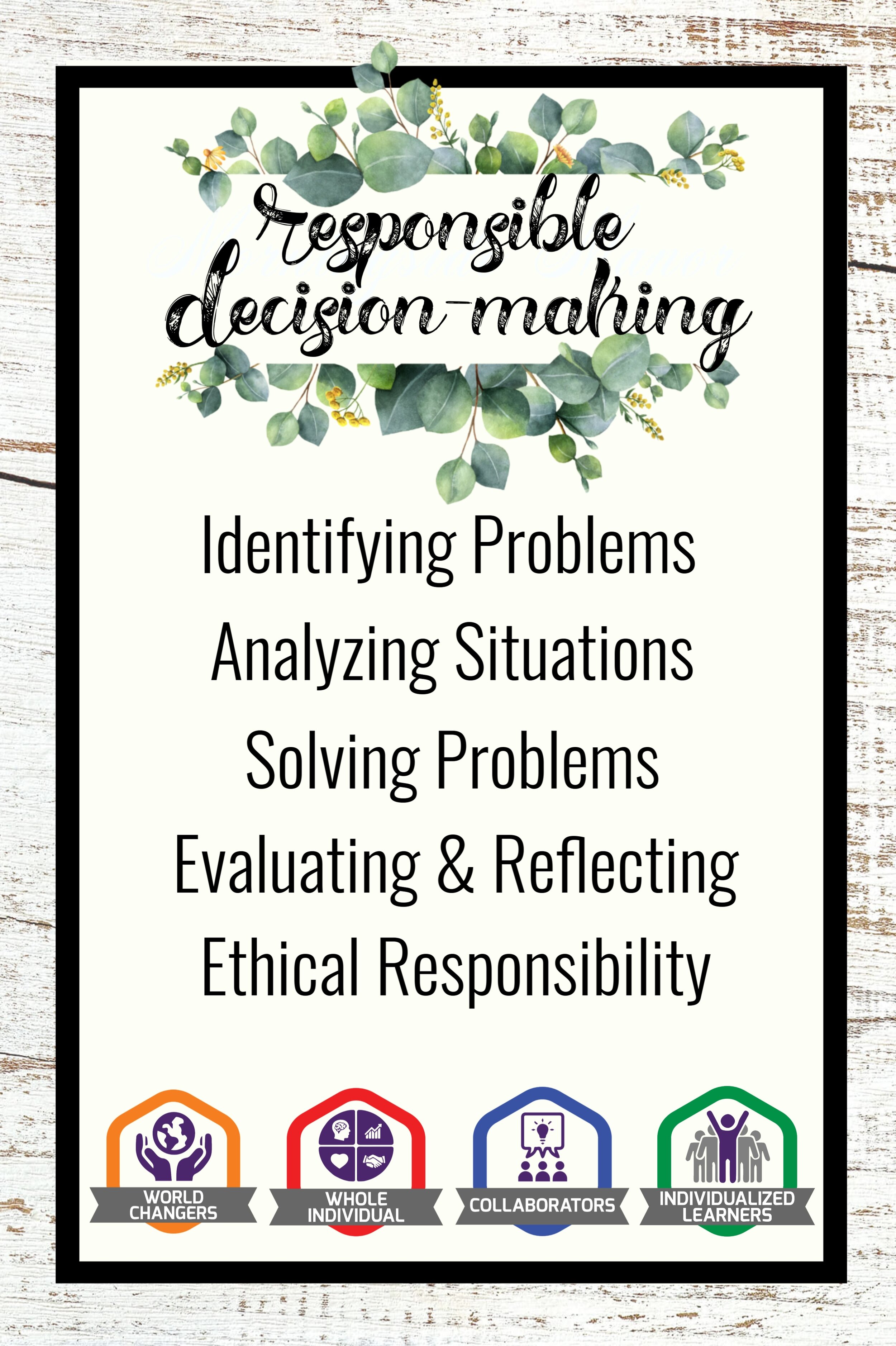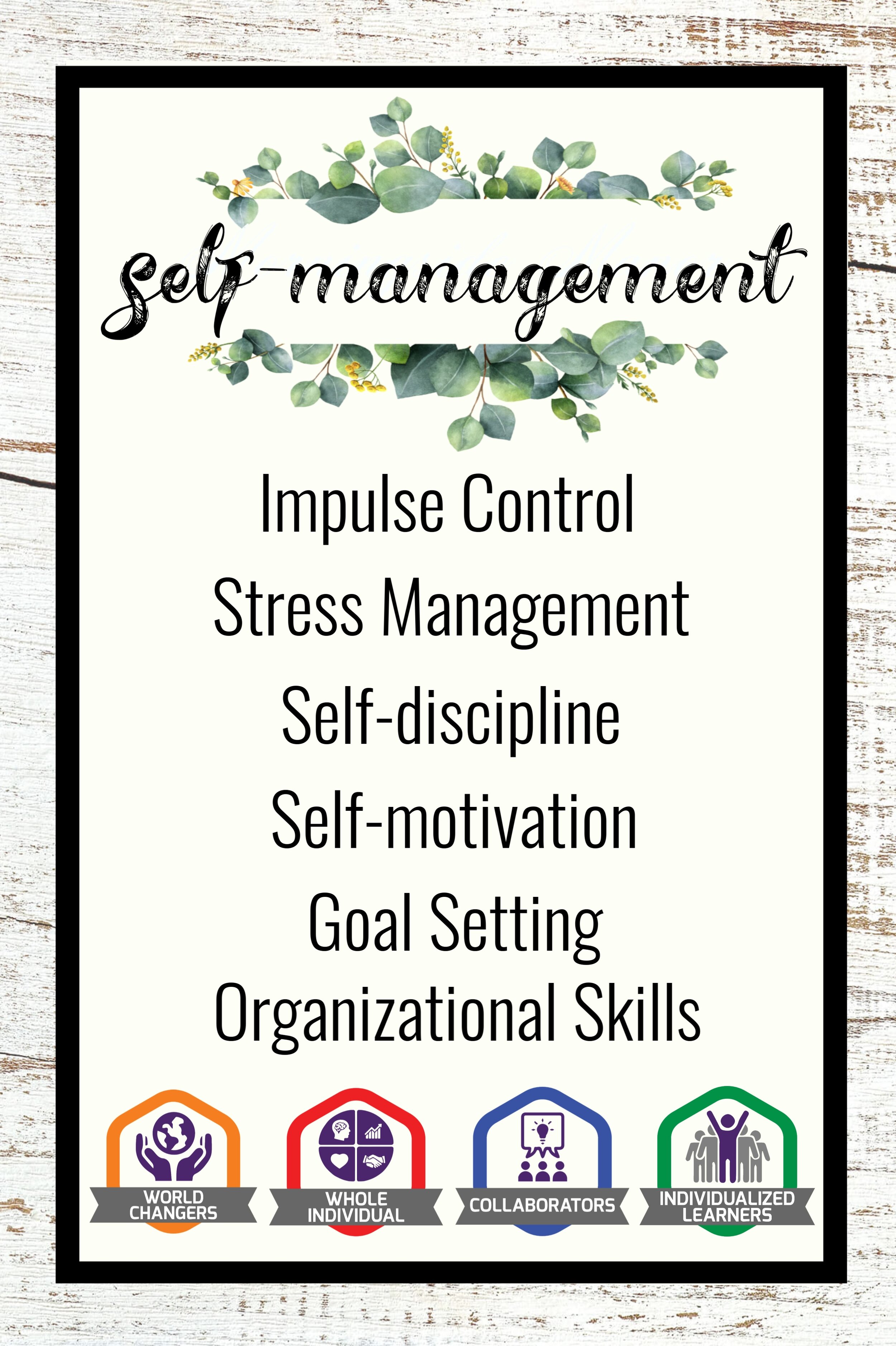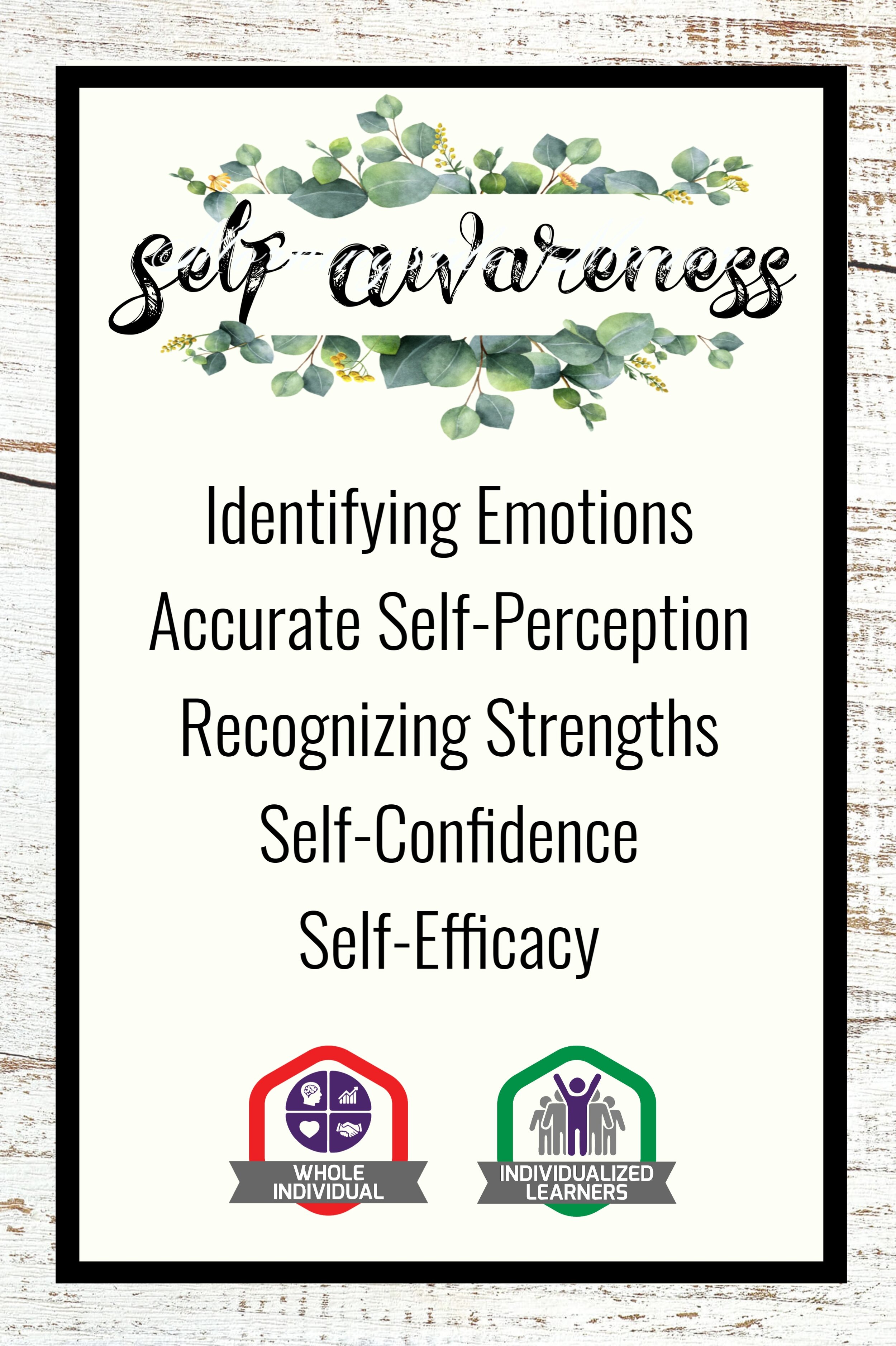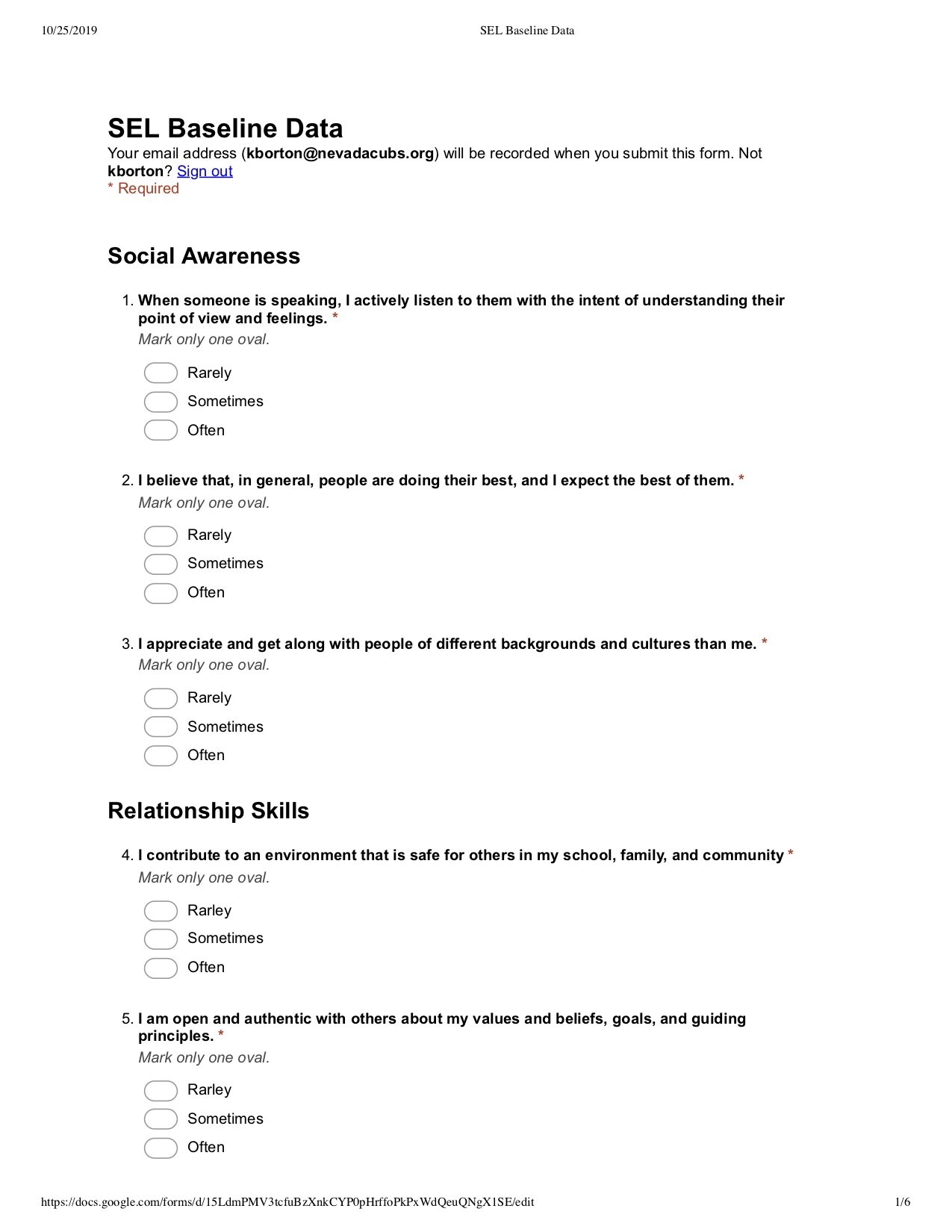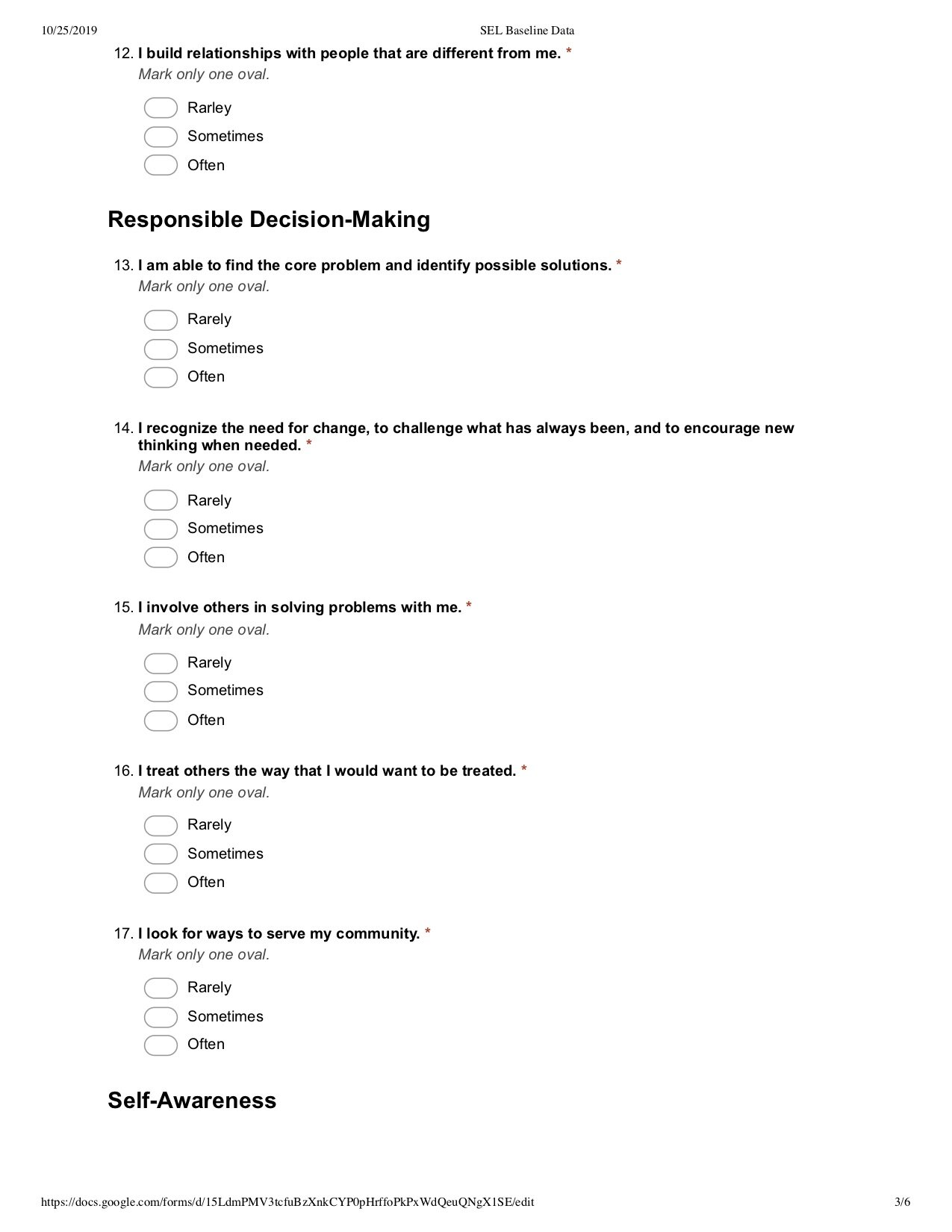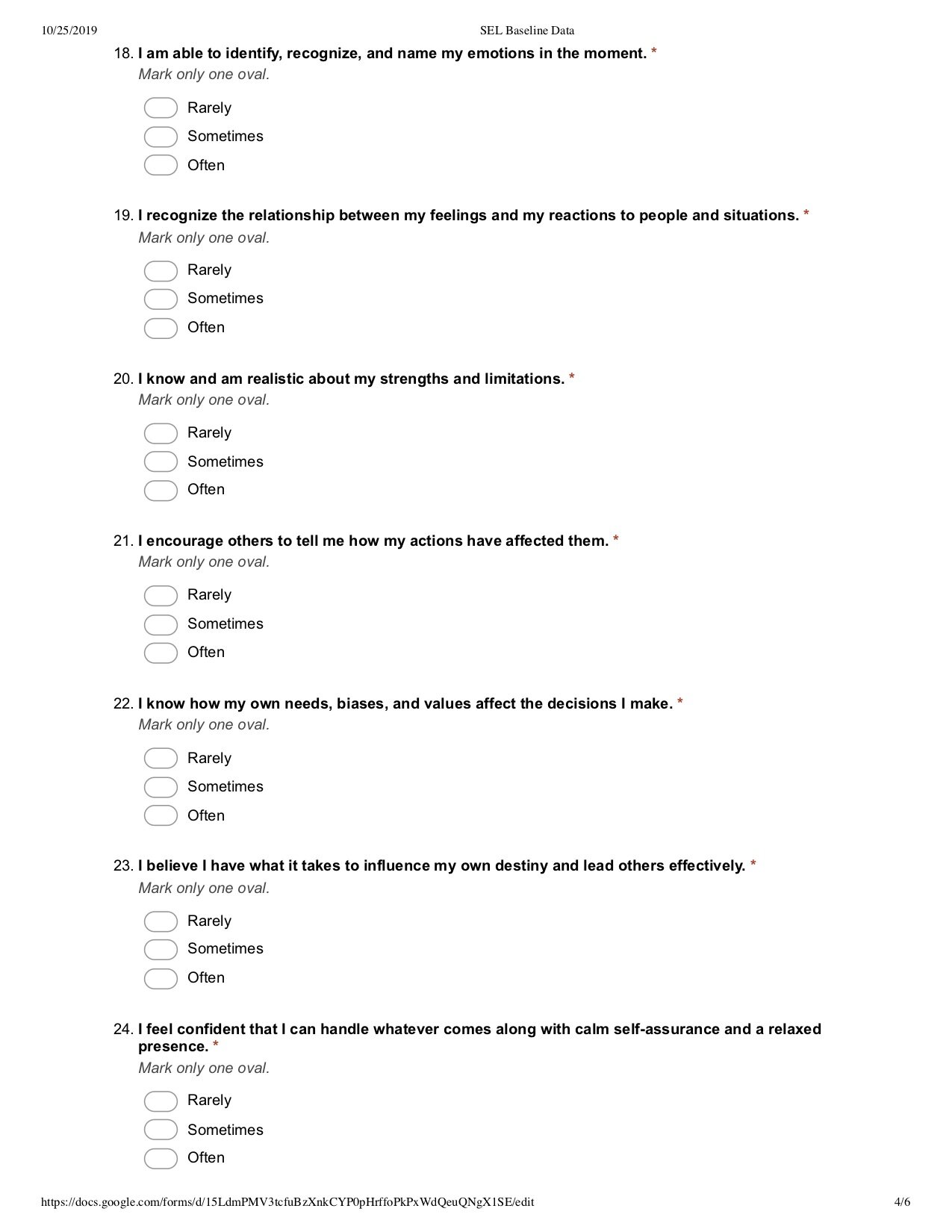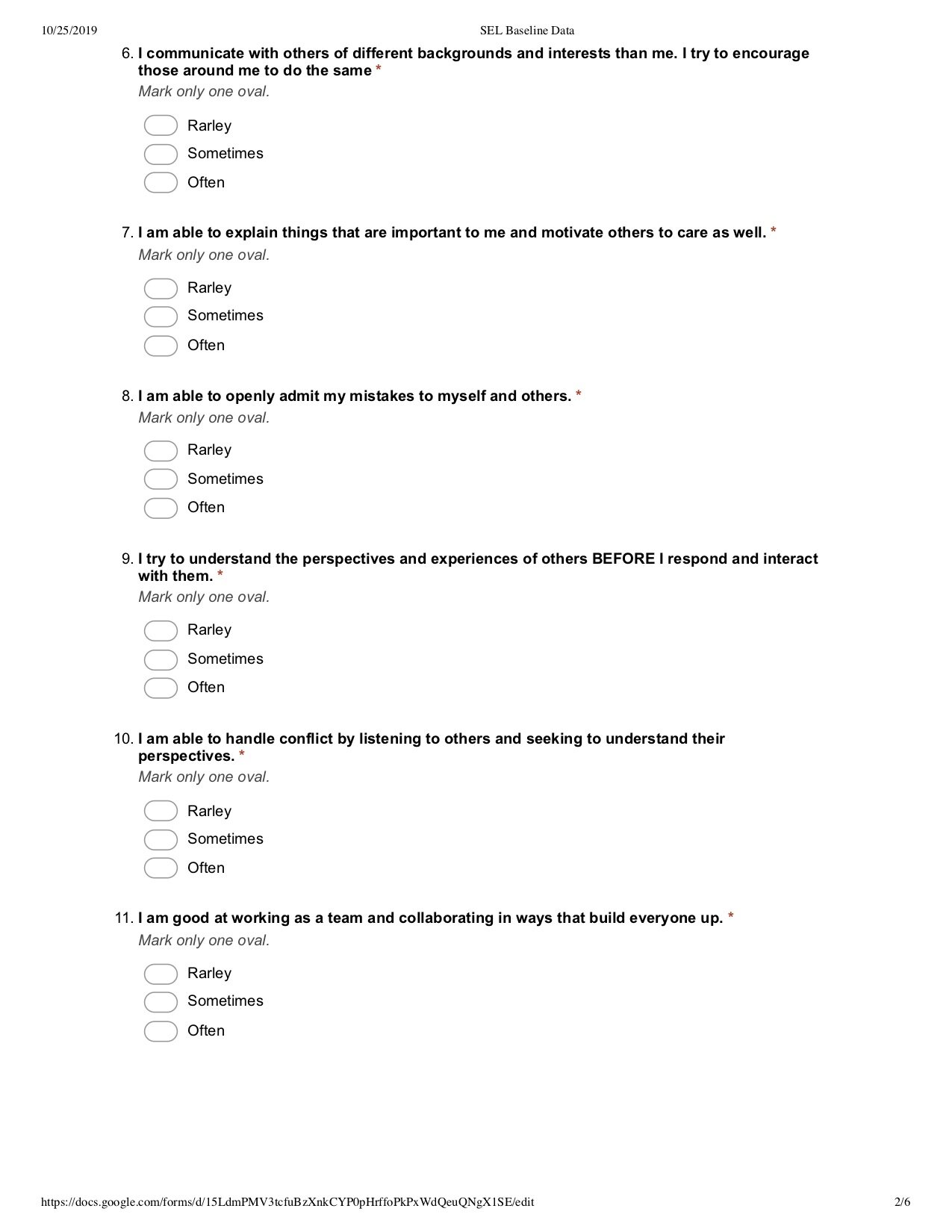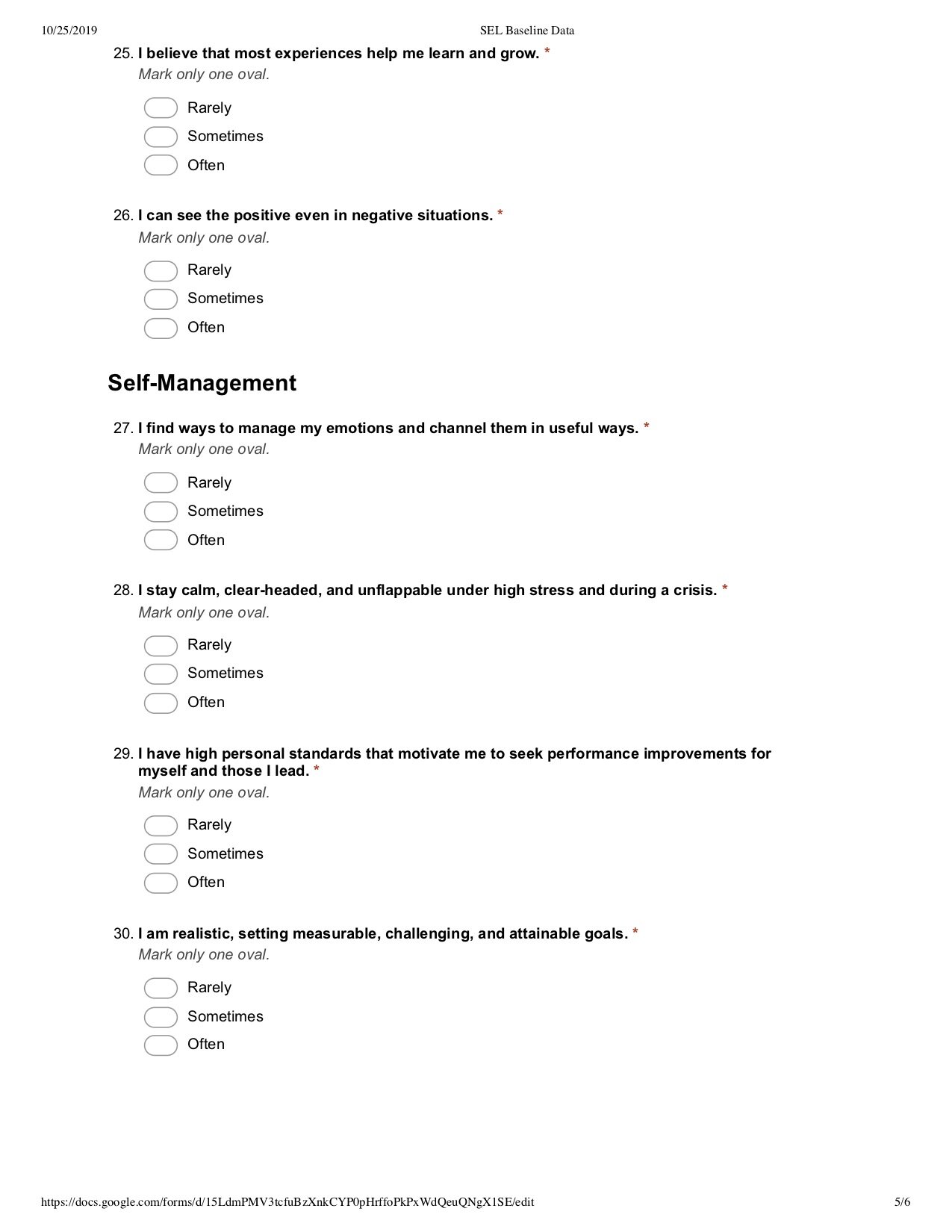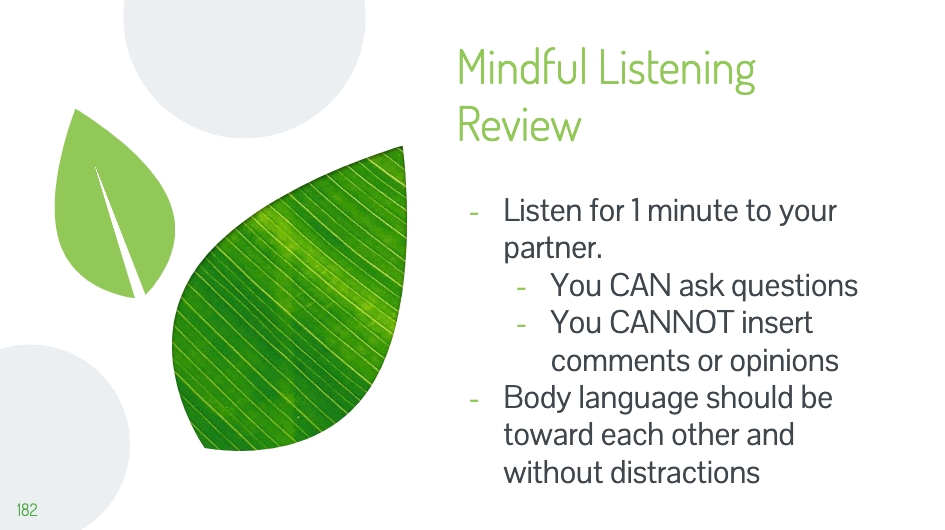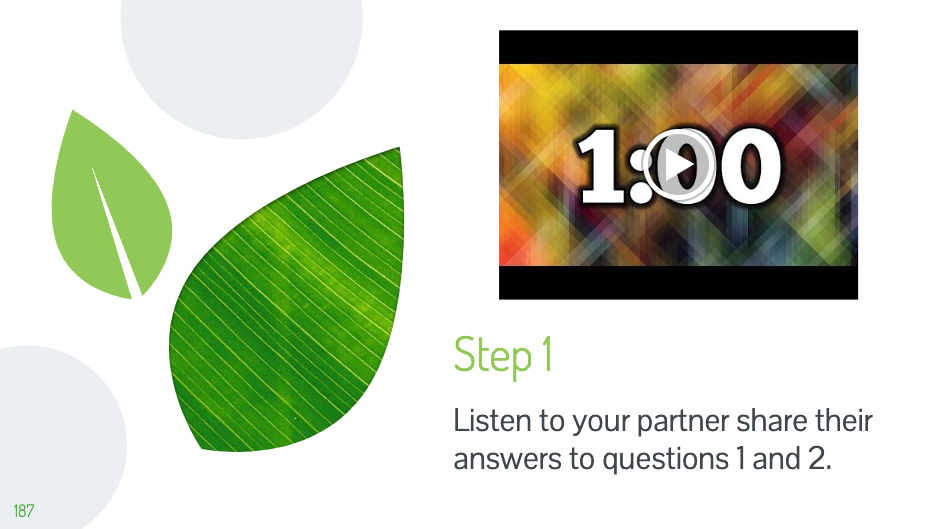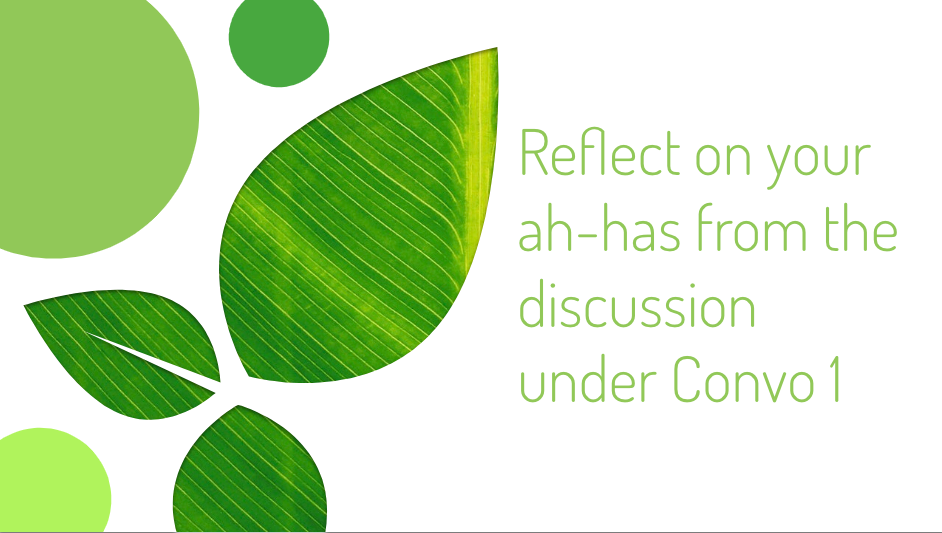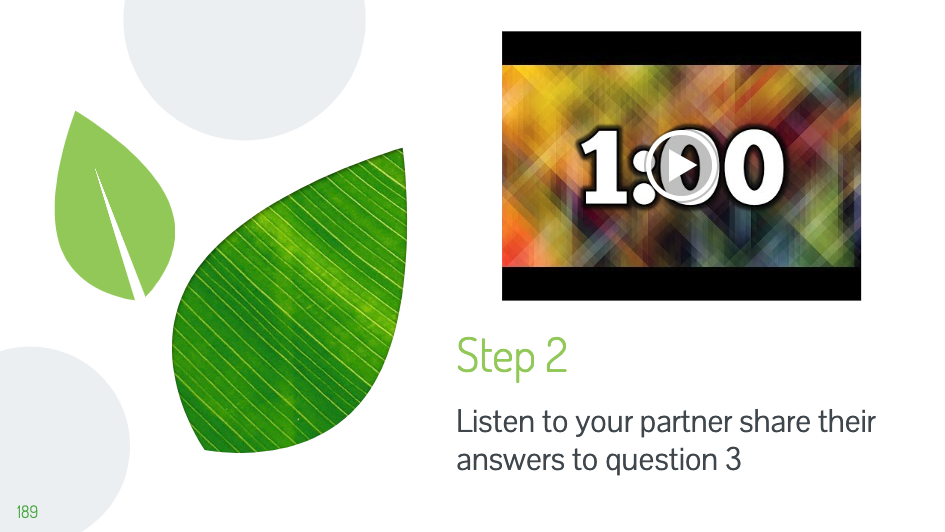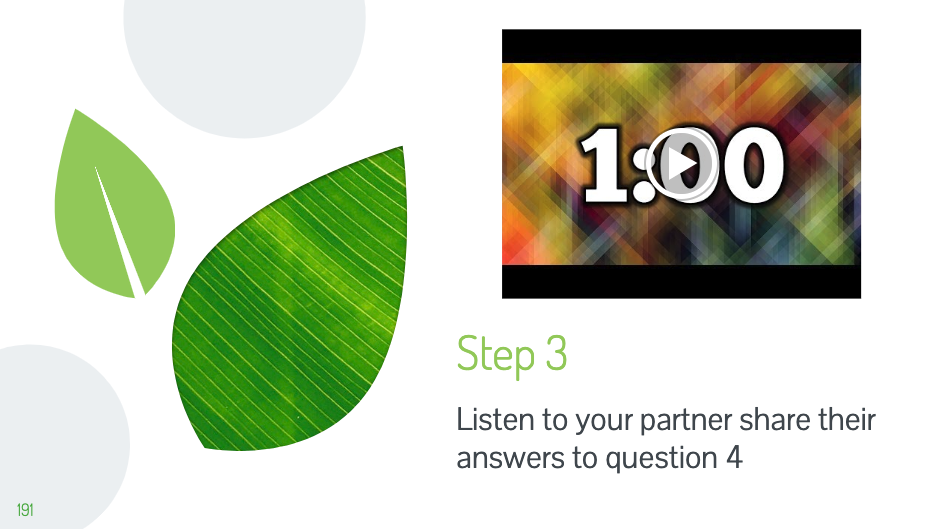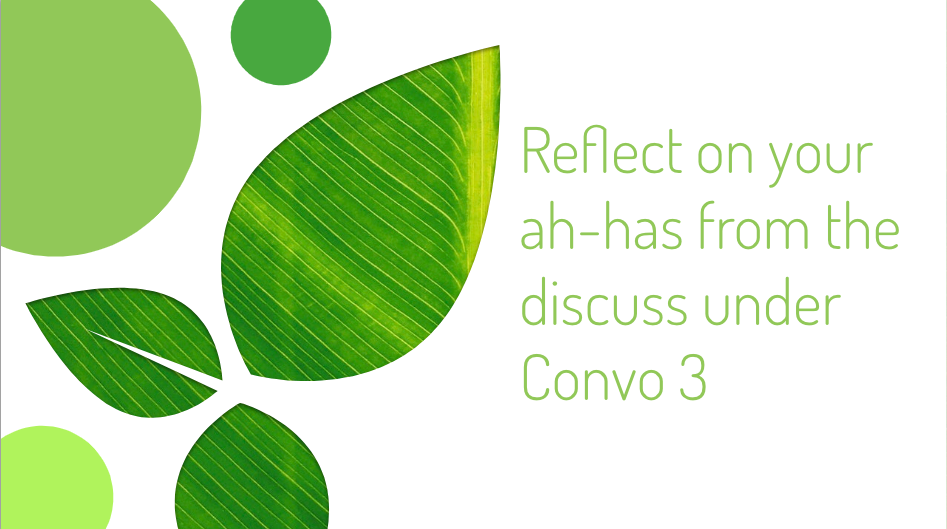Formative Assessment: How My District's Personalized Professional Learning Helped Me Up My Game
Hey all! Long time, no type. Let me tell you what has been going on in the Borton world. I am loving my teaching assignment. Freshmen drive me crazy and make me smile every day. I am also a part of an incredible leadership team dedicated to Social Emotional Learning for our district. My part is helping lead at the High School. I am have been learning and growing a lot this year in both positions. Personally, my family has decided to pack-up and relocate to where I teach. For the last 11 years, I have commuted to this incredible district. Here I have been given every opportunity to flourish and grow. I am so thankful for where I teach. So my husband, James, and I made the decision that we want our children to attend a district who makes their teachers feel like that. So, we are building a home here! The entire family is excited to plant some new roots!
Enough about my life; let's get to the purpose of this blog, formative assessment! Every year, as part of our Individual Career Development Plans, Nevada offers teachers the opportunity to Climb the Mountain. Climbing the Mountain is a Professional Development format in which you engage in research, coaching, data analysis, and reflection as you learn about a personal, professional development goal. I chose to make my goal of making my formative assessment practices less selfish. Formative assessment has always been an essential part of my instructional practice. However, with 130+ students, I often struggled with how to bring students into the conversations in meaningful ways. So, this year, I set out to change that narrative. Below you will find my reflections from the year. I hope you find my journey helpful. I will also link all of the sites I have used to engage my students in data-driven conversations. The critical thing to remember in all of this is that the tool is only as useful as you choose to make it. The depth of the questions, the intention of the data, and the conversations with your students; are things all within your control. When we choose to take even the game-based systems and use the meaningful data behind them, we can engage our students in so much more than fun. We can engage them in deep, meaningful reflective learning. We can also more accurately identify where wholes in understanding might lie.
My Reflection:
Summer Reflection: This summer, I was gifted the time to begin working on my ICDP via standards-based grading. I started to spend significant time reflecting on my formative assessment practices. My formative assessments have been a cornerstone of my planning process throughout my entire career. I have used them to inform my teaching and ensure students have the learning they need and are prepared before the summative assessment. Still, I know that formative assessments are not just for me. So this year, I am setting a goal to make my formative assessment practices less selfish. I want to use them to inform my instruction and provide my students with beneficial and timely feedback on their current understanding. Timely feedback has always been my limitation with formative assessments due to the number of students I have and the rate with which I would like to provide the formatives.
To initiate my planning, I did a lot of reading, watching, and thinking about how to maintain HOT formative assessments while still allowing for timely feedback with beneficial feedback. A few resources suggested looking for tech-based tools, and two websites often rose to the surface Formative and EduLastic. When comparing the offerings of the two sites and after sending several emails to Patrick Donovan, it became clear that Formative was better able to meet my assessment style and need for giving timely and valuable student feedback. I also talked with Kristian about my plan and found support there which was validating.
09/20/21 Update Using my first standard of the year about claims and evidence, I set up my first formative. It has worked incredibly well. The batch grading works better than I imagined, and I have been able to give feedback on essay questions and why specific multiple choice answers were not the best choice. I will be giving students their feedback today in preparation for our first Summative on Wednesday. In the past, my ability to know my students and intuit their readiness via consistent formative practices has led to me an average 10% reassessment rate on summatives. I hope that students will get this feedback; I will be able to give targeted instruction to groups, which will allow for an even higher success rate in the future. I was able to talk with both Meg and Tyler about my progress today and plan for my next steps.
9/23/21 Update
After the formative assessment given on (9/17), I had about 30% of the students who would have gotten less than a 2 on the summative (required reassessment). I used the program, gave individual feedback, and then went over the assessment with students. I also used the data to help me formulate a review targeted at our weakest understanding points (this is a more typical thing for me). But cluing students to their current understanding, giving them feedback on how to improve, and whole-class interventions mean that at the summative, I only had two students out of the 140 who took it (BioCom and IntSci) that need to reassess. That is 1.5% of the student body. So today in class, we are celebrating with some free time because I want to instill the value of using your formative data to increase learning. Of the two students that did not pass, one was not here for the formative and missed out on targeted feedback.
Fall Semester Reflection
Individual and group data continue to be a driving force in my classroom. I find that sharing the group data with students has been invaluable. We have been using the data collected through systems in Quizizz, GimKit, GoFormative, and Blooket to look at how students answer various questions. Students then use that information to have me go over what they need before tests or while we are in the middle of learning. I love this form of formative assessment because students are involved in the process. The understanding feels like a partnership between the teacher and the students. We are still working through students wanting to cheat, which I explain skews data and gives me a false perception of their collective understanding. I have appreciated how focusing on how this work is building awareness and serving a purpose is helping students engage more authentically in the process.
Mid-Spring Reflection
A new tool that I just started using is ZipLet. After Patrick shared, I was sold! I have not liked how students "gamed" the canvas discussion boards by posting a phony answer to find correct ones and never honestly shared their thinking. I believe I am now getting a better representation of student ideas. I also love this tool that allows me to quick-launch questions. I embedded it into my Classroom screen, and now I can launch formative assessment questions with a variety of depth at the drop of a hat and display them on the screen for students to discuss our data. I can also run polls through ClassroomScreens. I am enjoying bringing my students into the conversation more. I don't think my idea of what kids know has changed. I have always had a strength in that. However, my students are far more aware of their collective understanding. Individual understanding and goal setting is something I still need to work on. I believe that will work better as I transition to block classes next year.
Resource:
Integrated Science Priority Standards
Tech Based Formative Assessment Sites
What is formative data and how do we use it?
Links to the Formative Assessment Tools I use:
https://goformative.com/
https://www.gimkit.com/
https://www.blooket.com/
https://quizizz.com/
https://ziplet.com/
https://www.classroomscreen.com/
Check Out my Tik Tok to See Some Videos on Different Ways I Use the Tools!
BortonScience




